Chinese Gastronomic Culture
Chinese culture is intricately related to food in many aspects, both spiritually and institutionally.
Food Means Everything in China
In China, whether it is ancestral rituals, diplomatic affairs, festive celebrations, marriages, funerals, business transactions, master-apprentice relationships, establishing personal ties or resolving disputes, everything revolves the word "eating". Food is usually a crucial element in all types of social activities. Chinese not only obtain calories, nutrients, and maintain their life through food, but also use food to discern people, debate issues, evaluate gains and losses, and even explain principles.
Scholar Wang Xue-tai notes that many aspects of Chinese spiritual culture are closely related to food, from governance to social interactions. From philosophy, political science, ethics, military strategy, medicine, to artistic theory and literary criticism, all are influenced by and recognize the importance of culinary and cooking studies. In popular lexicon, food is charged with a variety of emotions and is omnipresent. Its impact on our deep consciousness is enormous, some scholars even suggest that, while Western culture could be characterized as a gender culture, Chinese culture is a food culture.

Chinese Food Structure
The Chinese food structure has two main characteristics: first, it is focused on grains and vegetarian foods. Secondly, the ingredients are varied and there are no food taboos.
Chinese culture has traditionally been identified with agriculture, so the Chinese diet is mainly based on vegetarian foods and cereals. In ancient times, agricultural production was strongly influenced by climate and geographical environment. China is also located in a region prone to natural disasters, making agricultural production very unstable. When the food source cannot be guaranteed, it is necessary to diversify food sources. The flexibility and adaptability in the choice of food sources has given rise to the characteristic that the Chinese have no food prohibitions in their dietary structure. At least among ordinary people in China, there is still the custom of occasionally eating wild vegetables, tree leaves, flowers, locusts and other foods.
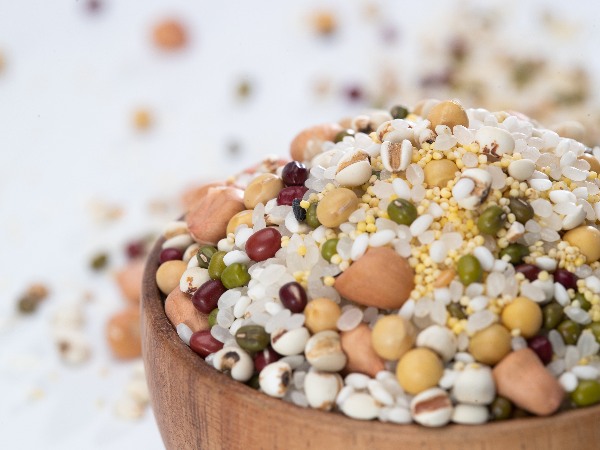
Staple Food & Complementary Food
The Chinese divide their food into two parts: Staple food and complementary food. Staple food is generally refers to all kinds of cereals and cereal products, while complementary food refers to food outside of cereals. The complementary foods are divided into meat dishes and vegetarian dishes.
For a long time, in the Chinese diet, people eat much more cereals than other kinds of food, and calories have been provided mainly by cereals. Therefore, cereals are still considered as staple food, while other foods are to whet the appetite, considered as complementary foods. The distinction between staple and complementary food formed the structural characteristic of the Chinese diet: Eat more cereal and vegetable than meat. This distinction between main and complementary food is very special compared to other countries of the world.
The earliest medical classic, Huangdi Neijing, states that: “Cereals are to nourish, fruits are to assist, meats are to benefit, and vegetables are to supply.” This book dated back to 2,000 years ago explains Chinese food custom of relying mainly on cereal and vegetable.
The staple food of the Chinese is known as the five cereals, which refer to rice, millet, sorghum, wheat and bean. Among them, bean and bean products were main source of protein for common people in ancient China.
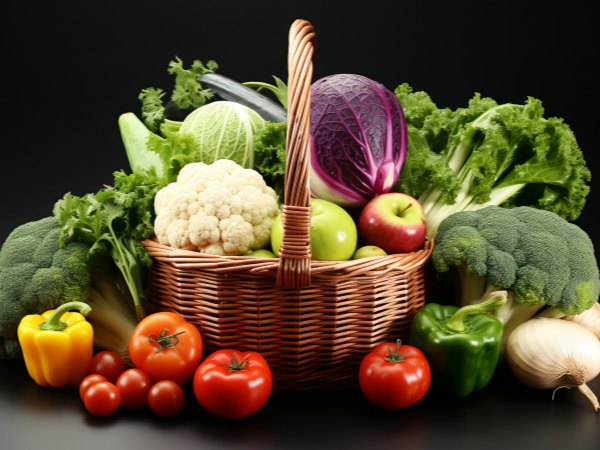
Ways of Eating in China
In the world there are three main ways of eating: the use of a knife and fork in Europe and North America, the act of eating with the hands directly in places such as South Asia, Africa and the Indonesian archipelago, and the use of chopsticks in East Asia.
Through historical records and archaeological findings, it can be confirmed that China is the place of origin of chopsticks.
The Legend of Chopsticks
According to legend of 5,000 years ago, chopsticks are used by Emperor Yu when he struggled to control the floods.
Emperor Yu often had to eat outdoors due to lack of time, and sometimes the food had just been cooked and had to be eaten while rushing. However, the boiling water of the soup could not be touched, so he could only use tree branches to take the food. These branches could be the precursors of chopsticks.
Although this legend is not part of official history, the idea that chopsticks arose to avoid burning seems to be credible.
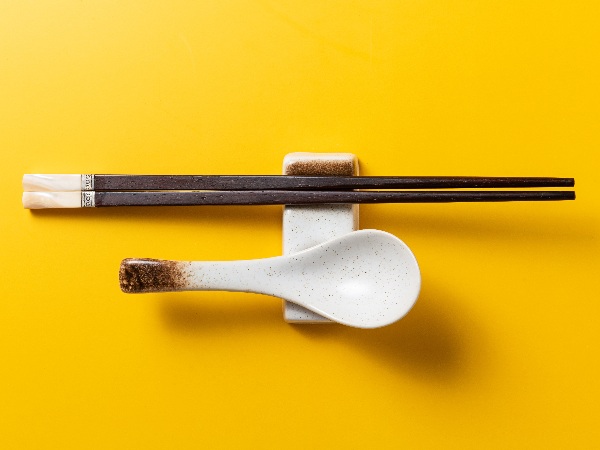
Shared Meal System
Nowadays, the way Chinese people eat differs from the separate meal system in the West and they generally adopt a shared meal system.
From the Warring States era to the Three Kingdoms era, China has always practiced the separate meal system, but it was during the Tang Dynasty that it evolved into a shared or mixed meal system. Through the evidence of ancient painting and archaeological discoveries, evidence can also be found that China practiced the separate meal system before the Sui and Tang dynasties.
During the Tang Dynasty, the meal system was transformed from separate meals to a shared meal system, mainly due to the fusion of ethnic minority customs with the core culture. The emergence of high tables and large chairs changed the floor-sitting customs of the ancient Chinese, which also brought the distance between people closer together and increased intimacy. Therefore, the change in eating from a separate meal system to a shared meal system in Chinese food culture is a vivid reflection of ethnic integration and cultural exchange.

Stir-fry, Unique Cooking Tech in China
A cooking technique unique to the Chinese is the "stir-fry" method, which is one of the most important characteristics of Chinese food culture. Not even Europe has this technique, and countries like Japan, Korea and Vietnam, which have been strongly influenced by Chinese culture, do not use it much either.
"Stir-fry" as a culinary technique is first mentioned in the Qimin Yaoshu, an agricultural book in about 1,500 years ago. This stir-fry technique appeared during the Warring States and Three Kingdoms periods, was perfected during the Song and Yuan dynasties, and popularized during the Ming and Qing dynasties.
How to Stir-fry?
"Stir-fry" includes various categories such as raw stir-fry, cooked stir-fry, lightly fried stir-fry, explosive stir-fry, light stir-fry, stir-fry, hand stir-fry, dry stir-fry, mild stir-fry... However, all of these categories include the same four steps:
- First, cut the ingredients into pieces, strips, slices or cubes;
- Second, heat some oil in a frying pan to serve as a heating medium;
- Third, add the cut ingredients in a specific order to the pan and mix constantly;
- Fourth, gradually add seasonings while stirring constantly so that foods are seasoned as they cook until done.
This method of cooking several foods together in one dish is not very common.
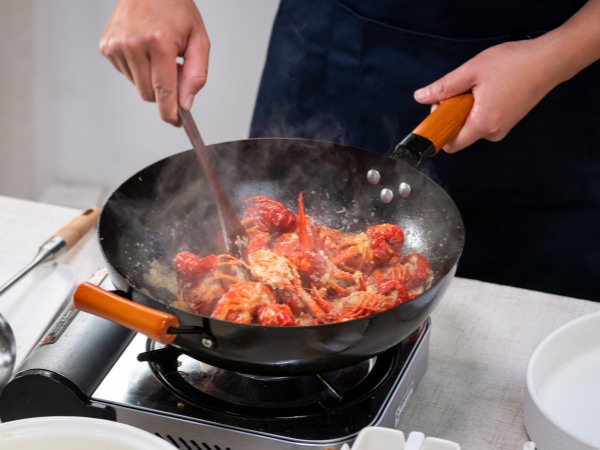
Benefits of Stir-fry
Stir-frying is a cooking method that adapts to Chinese dietary structure, nutritional needs and eating customs, as the Chinese, who consume mainly grains and vegetables, have a relatively low intake of protein and fat in their diet. Stir-frying allows you to complement these vegetable proteins and fats in daily food through vegetable oil, which balances the nutrition of Chinese people who consume a more vegetarian diet.
Therefore, "stir fry" is widely accepted and appreciated in various regional food cultures. With the continuous expansion of various stir-frying techniques, Chinese cuisine has led to many new culinary techniques, such as roasting, braising, stewing, braising, etc., which are extensions or developments of "stir-fry".
Culinary Styles of China
The rich variety of culinary styles is a prominent aspect of Chinese food culture, and one of the most important features is the eight major regional cooking styles: Sichuan, Shandong, Jiangsu, Canton, Hunan, Anhui, Hubei, and Fujian.
Due to China's vast land area and differences in climate, natural resources, and local customs, food in different regions has developed distinct culinary styles due to different flavor preferences, different ingredient selections, and preferences for cooking methods.
Regional Taste of China
In the central region of China, there was a popular saying that "sweet in the south, salty in the north, spicy in the east, and sour in the west", referring to the taste preferences in different regions. This central perspective considers the south as the region south of the Yangtze River, the north as the northern region, the east as Shandong Province, and the west as Shanxi Province. "Spicy" refers to the spiciness of Shandong scallions, while "sour" refers to Shanxi vinegar. The different flavor preferences are clearly reflected in the dishes prepared in each region. Therefore, different taste preferences are another reason for the formation of culinary styles.
Differences in cooking methods are also another reason for the formation of culinary styles. For the same ingredients, different preferences in cooking methods in different regions result in differences in the texture and flavor of dishes. Qing dynasty writer Yuan Mei, in his book Suiyuan Shidan, described two completely different methods of cooking pork stomach in the north and south: "Fry in hot oil with seasonings, remove from heat when crispy, This is the northern method; southerners prefer to cook in boiling water with liquor and two branches of ginger, until very tender." Before Yuan Mei, the situation had already formed where dishes prepared in different regions varied due to different cooking methods.
Furthermore, differences in local customs are also an important reason for differences in food preferences. Qing Dynasty scholar Qian Yong in his book Lu Yuan Conghua. Zhibao, explained it very clearly: "Even though it is the same dish, the taste is different in each place. Those in the north prefer rich and dense flavors, while those in the south prefer light and delicate flavors; those in the north consider the abundance of dishes and a great variety of dishes as beautiful, while those in the south consider the preparation of the dishes and the freshness of the ingredients as beautiful. Each one has its charm, and they can fully enjoy its essence." There are also records in Qingbai Leichao that say: "Those from Fujian and Guangdong tend to eat more seafood and always accompany their meals with soup. In addition, those from Guangdong especially like fresh seafood and do not care as much about the depth of flavor." This shows that the characteristics of today's Cantonese cuisine, which include a focus on soups and the consumption of fresh seafood, have a long history.
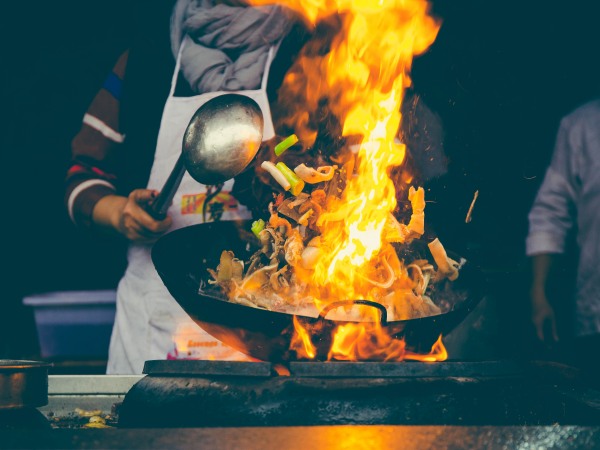
Food & Chinese Political Philosophy
The Chinese use food to understand nature, society and people. For example, the Chinese concept of beauty initially originated in culinary activities. The word "Beauty" is found in the oracular characters and in the bronze characters, it is a pictogram that represents a sheep and a large person. Originally, its meaning was the delicious feeling of eating fat and healthy sheep meat. In the Chinese context, "Beauty" did not initially refer to sight, sound, smell or touch, but to people's taste experience, coming from their culinary activities.
The saying "mín wéi shí wéi tiān", which translates as "people regard food as heaven", is widely recognized in Chinese society, from the rulers to the people. For rulers, it means that the stability of their position depends on the nutritional well-being of the population, while for ordinary people, it is a very real question of survival. Therefore, this concept is considered "the essence of Chinese political philosophy."
The evolution of Chinese food culture has spanned millennia, each period with its unique characteristics, all contributing to today's diverse food culture. The wisdom of the ancient workers merged with gastronomic culture, becoming a unique cultural legacy. The development of food culture is an integral part of Chinese history, reflecting not only the rising standard of living, but also influencing other cultural fields in the country.
Food culture not only satisfies basic survival needs, but also reflects people's pursuit of exquisite food and their desire for a better quality of life. In this process, Chinese gastronomic culture has continued to innovate, integrating diverse cultures and offering the world unique culinary experiences. This historical tradition will continue to be passed down, becoming a pride and treasure for the Chinese nation.













